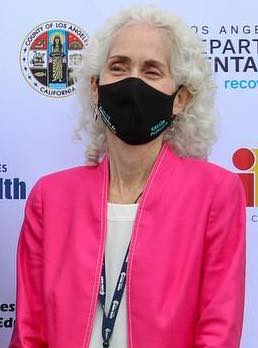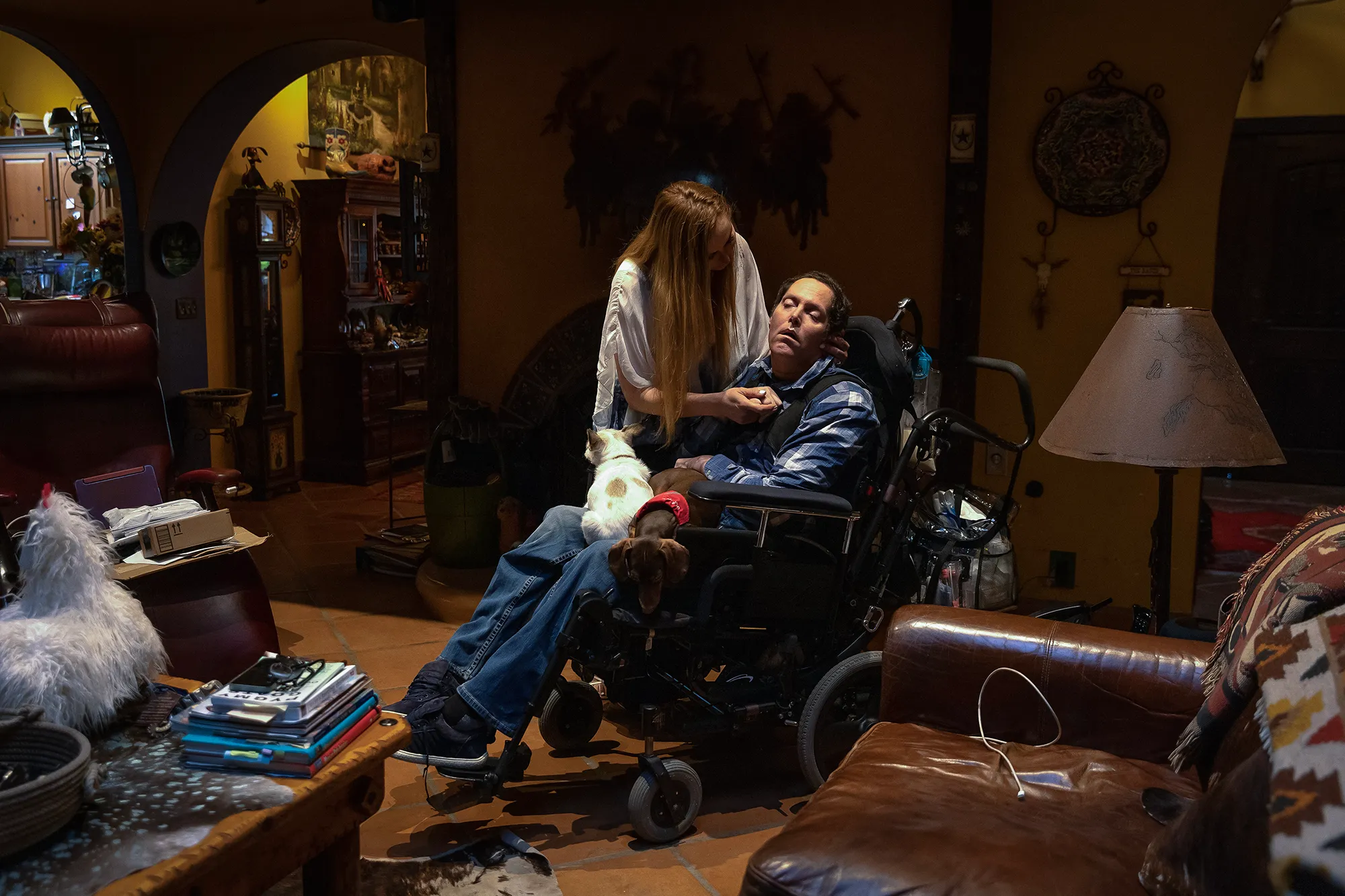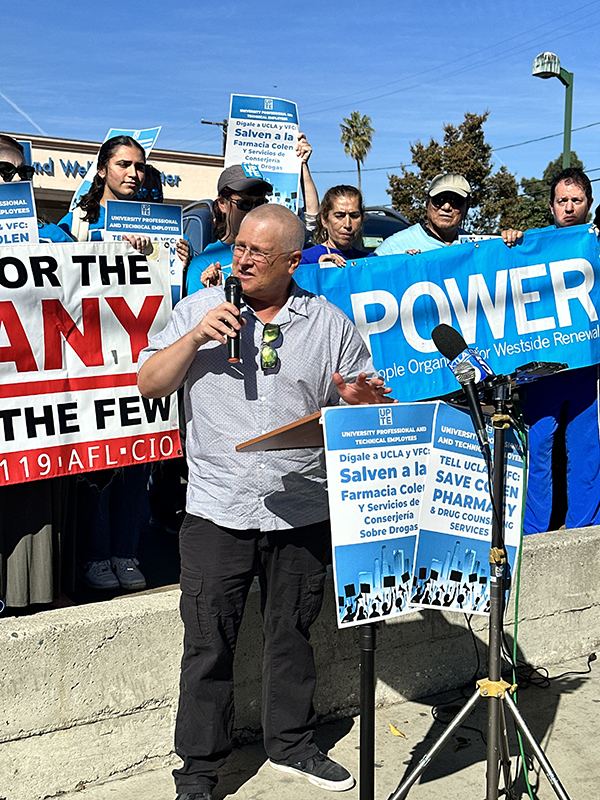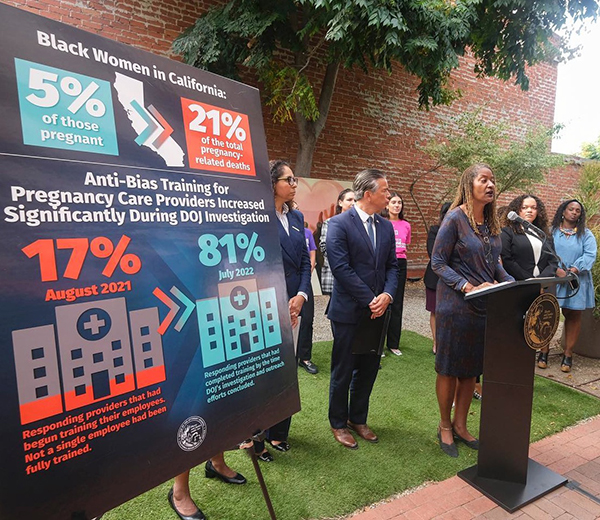Wave Wire Services
LOS ANGELES — The number of COVID-19-positive patients in Los Angeles County hospitals is back on the rise amid growing concerns about a winter surge in virus infections.
According to state figures, there were 552 COVID-positive patients hospitalized locally Nov. 15, up from 502 Nov. 11. Of those patients, 75 were being treated in intensive care, up from 51.
Health officials have said previously that roughly 40% of the patients were actually admitted for COVID-related issues, while the rest were admitted for other reasons but tested positive at the hospital.
The seven-day average daily rate of people testing positive for the virus has also been slowly rising, reaching 6.5%, up from 5.5% a week ago.
The county reported another 1,532 infections, raising the cumulative total from throughout the pandemic to 3,507,936. Another 10 COVID-related deaths were also reported Nov. 15, giving the county an overall death toll of 34,072.
The actual number of current COVID infections in the county is likely higher, with many people using at-home tests without reporting the results to health officials.
County officials over the past week reported increases in local infection rates. Public Health Director Barbara Ferrer said Nov. 10 that the county had an average of about 1,300 new COVID cases per day last week, up from about 1,000 per day the previous week. She said the daily average case numbers have been “slowly but steadily increasing” since the beginning of November.
The rate of infections is also rising, reaching a weekly average of 86 cases per 100,000 residents last week, up from 65 per 100,000 residents two weeks ago, Ferrer said. If that average rises to 100 cases per 100,000 residents per week, the county will again “strongly recommend” that people wear masks indoors. Indoor mask wearing is currently only a matter of personal preference, unless an individual location or business opts to require them.
Ferrer also noted a rise in the average daily number of COVID-related hospital admissions, with the average rising to 77 last week from 65 the previous week.
Virus-related deaths are averaging about seven per day, down from 10 to 12 per day in early November, but Ferrer said deaths are considered a lagging indicator, meaning the numbers could rise in coming weeks in response to the increases in infections and hospitalizations.
Health officials have been expressing concern about a possible winter COVID surge, mirroring similar increases seen the past two years during the winter months. They noted that cooler temperatures lead to more people spending time indoors in more crowded, less-ventilated spaces — conditions that are ripe for virus spread.
Ferrer said two recently identified variants of the COVID virus — BQ.1 and BQ.1.1 — are beginning to spread more rapidly in the county, now representing about 17% of all virus specimens that undergo special sequencing to identify specific infection strains. That’s more than double the rate from mid-October.
Ferrer said federal health authorities believe the BQ variants are likely to “increase rapidly” in coming weeks and could soon represent more than one-third of all infections.
“Many are predicting these strains, which are highly transmissible, are likely to drive an increase in cases this fall and winter,” she said.
The currently available “bivalent” vaccine booster — which is engineered specifically to counter Omicron-based variants of the virus — are believed to be effective against the BQ variants, Ferrer said. But she added the rate of eligible residents receiving the new booster remains very low, and health officials are working to increase their public outreach efforts to encourage people to get the shot.












